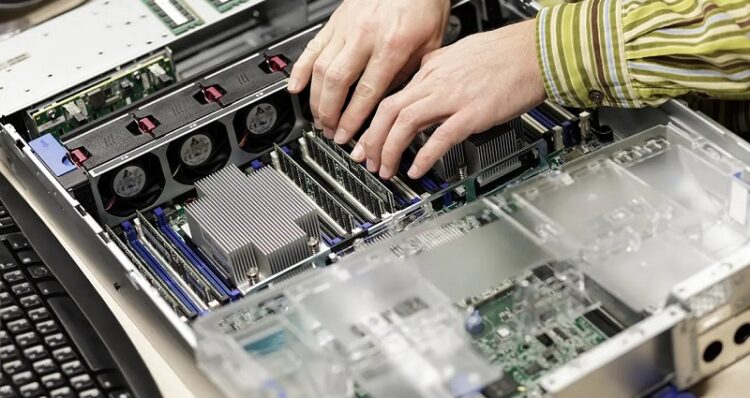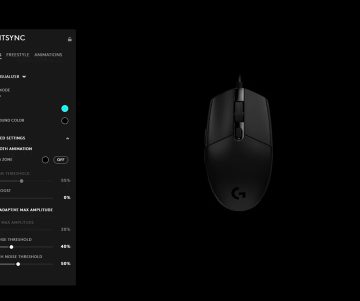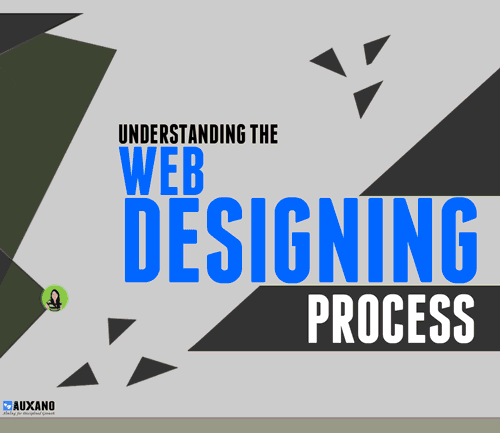
Boosting Performance: The Crucial Role of Upgrading Your Server Memory
Obinna Osigwe | August 21, 2023 | 0 | TechnologyIn today’s rapidly evolving digital landscape, businesses are increasingly reliant on technology to drive efficiency, productivity, and competitiveness. Central to this technological evolution is the role of servers – powerful computing machines that host websites, applications, and data. As your business grows and your online presence expands, the importance of server performance becomes paramount. One often-overlooked aspect of server optimization is memory. In this article, we’ll delve into the significance of upgrading your server memory and how it can profoundly impact your business operations.
Unveiling the Ultimate Server Destination: Server Store
Are you on the hunt for cutting-edge Dell and HPE servers? Your quest ends here, at Server Store, proudly presented by Comprint Tech Solutions. Embark on a journey to explore the unparalleled realm of Dell Servers and HPE Servers – your definitive hub for all things server-related.
Understanding Server Memory
Server memory, also known as RAM (Random Access Memory), is a critical component of any computing system, particularly servers. It’s a type of volatile memory that provides fast and temporary storage for the data and programs that the CPU (Central Processing Unit) is actively using. Unlike permanent storage devices like hard drives or SSDs, RAM allows for rapid access to data, which significantly speeds up processing tasks.
Servers, being the workhorses of data processing and storage, often run multiple applications and services simultaneously, serving requests from users across the globe. The available memory dictates how efficiently these tasks can be executed. When the memory is insufficient to handle the concurrent processes, servers experience performance bottlenecks, resulting in slower response times, reduced application speed, and even crashes. This is where the importance of server memory upgrade comes into play.
Benefits of Upgrading Server Memory
Enhanced Performance and Responsiveness
Adequate server memory directly translates to improved performance and responsiveness. When your server has enough memory to accommodate the active processes, data can be
retrieved and manipulated quickly. This leads to faster loading times for websites, applications, and databases, resulting in a seamless user experience. Improved server performance can lead to higher user satisfaction, prolonged user engagement, and potentially higher conversion rates for e-commerce platforms.
Scalability and Future-Proofing
As your business grows, so does the demand on your servers. Upgrading memory allows your servers to handle increased workloads, ensuring that you can accommodate higher traffic, additional applications, and larger datasets without sacrificing performance. Investing in server memory upgrade is a proactive measure to ensure your infrastructure can handle the demands of tomorrow.
Reduced Downtime and Maintenance Costs
Inadequate memory can lead to server crashes, downtime, and maintenance headaches. Such disruptions can impact your business operations, lead to frustrated users, and potentially result in financial losses. Upgrading your server memory helps mitigate these risks by providing the necessary resources to prevent crashes and maintain a stable environment.
Optimized Virtualization
Many businesses rely on virtualization to maximize server utilization. Virtual machines (VMs) create separate environments on a single physical server, allowing for better resource allocation. However, VMs consume memory, and as the number of VMs increases, the available memory per VM decreases. By upgrading your server memory, you can ensure that each VM has sufficient resources, preventing performance degradation and ensuring the efficiency of your virtualized infrastructure.
Improved Analytics and Data Processing
In today’s data-driven world, businesses depend on analytics and data processing for informed decision-making. Upgrading server memory enables faster data retrieval and processing, enabling your organization to gain insights in near real-time. Whether it’s generating reports, running complex queries, or performing machine learning tasks, ample memory ensures that your data-related processes are swift and efficient.
Choosing the Right Server Memory Upgrade
When considering a server memory upgrade, several factors come into play:
- Server Compatibility
Ensure that the memory modules you’re considering are compatible with your server hardware. Different servers have specific requirements for memory type, speed, and capacity. Consult your server’s documentation or the manufacturer’s website to determine the suitable memory options.
- Memory Type and Speed
Server memory comes in various types (e.g., DDR3, DDR4) and speeds (e.g., 2400MHz, 3200MHz). Choosing the right combination depends on your server’s capabilities and the performance gains you’re aiming for. Faster memory can improve data access times, but it’s important to balance this with your budget.
- Capacity Planning
Consider your workload requirements when deciding on memory capacity. Analyze your server’s current usage and estimate how much memory would be sufficient to accommodate your anticipated growth. It’s advisable to leave some headroom for unexpected surges in traffic or resource demands.
- Budget Considerations
Server memory upgrades vary in cost depending on factors like capacity and speed. While it’s tempting to go for the highest-end options, align your upgrade with your budget constraints and the performance gains you expect. Remember that the benefits of a memory upgrade often outweigh the initial investment through improved performance and reduced downtime.
In Conclusion
Upgrading your server memory is a strategic investment that can yield substantial benefits for your business. From enhanced performance and responsiveness to scalability and reduced downtime, the advantages are numerous. In a digital landscape where user experience and data-driven insights are paramount, a well-equipped server with ample memory can make all the difference. As your business evolves and your server’s workload increases, considering a memory upgrade should be a top priority. By choosing the right memory modules and capacity, you’re positioning your business for success in an increasingly competitive online environment.


